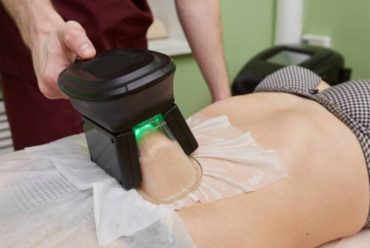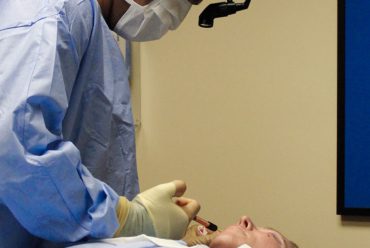Skin lifting refers to the process of tightening and lifting the skin to improve its firmness, elasticity, and overall appearance. It is a cosmetic procedure that aims to reverse the effects of aging, gravity, and loss of collagen and elastin in the skin.
There are several techniques and procedures used for skin lifting, including surgical and non-surgical options:
- Surgical Skin Lifting: Surgical skin lifting procedures involve making incisions in the skin and lifting or repositioning the underlying tissues. The most well-known surgical procedure for skin lifting is a facelift, also called rhytidectomy. During a facelift, excess skin is removed, and the remaining skin is tightened to reduce sagging and wrinkles.
Other surgical procedures for skin lifting include brow lifts (forehead lift), neck lifts, and eyelid surgery (blepharoplasty). These procedures are typically performed by a qualified plastic surgeon and require anesthesia and a longer recovery period compared to non-surgical methods.
- Non-Surgical Skin Lifting: Non-surgical skin lifting procedures are less invasive and do not involve incisions or significant downtime. These treatments aim to stimulate collagen production and improve skin tightness through various techniques, such as:
- Radiofrequency (RF) Skin Tightening: As mentioned earlier, RF energy can be used to heat the deeper layers of the skin, promoting collagen production and tightening the skin.
- Ultrasound Skin Tightening: Ultrasound waves can penetrate deep into the skin, stimulating collagen production and providing a lifting effect.
- Laser Skin Tightening: Laser devices emit concentrated light energy that heats the skin and stimulates collagen production, leading to skin tightening.
- Thread Lift: This procedure involves inserting biocompatible threads beneath the skin, which are then lifted and tightened to provide a subtle lifting effect.
- Injectable Treatments: Certain injectables, such as dermal fillers and botulinum toxin (Botox), can be used strategically to restore volume, reduce wrinkles, and create a lifting effect.
Non-surgical skin lifting treatments are often performed by dermatologists or aesthetic practitioners, and they generally have minimal downtime and fewer risks compared to surgical procedures.
It’s important to consult with a qualified healthcare professional or dermatologist to determine the most suitable skin lifting treatment for your specific needs and goals. They can evaluate your skin condition, discuss the available options, and recommend the best approach for achieving the desired results.




